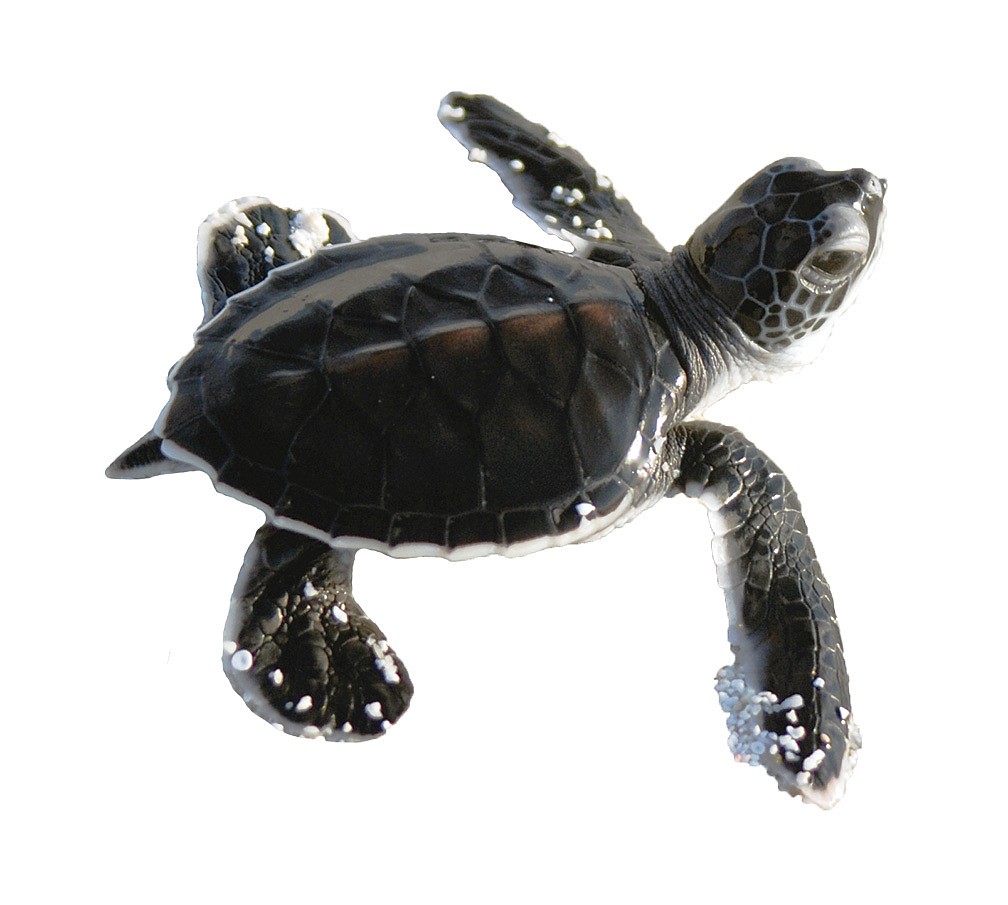- April 16, 2024
-
-
Loading

Loading

Almost two decades ago, a motorist heading south on Gulf of Mexico Drive around midnight one summer, at the site of the long-gone Lynches Landing restaurant, struck and killed a pedestrian crossing the street as he headed for the beach.
In the aftermath, the motorist and investigators noted that one of the contributing factors was at that particular part of Gulf of Mexico Drive, where there is a slight turn, it was unusually dark that night.
As it turned out, the street light there had been darkened or screened because it was turtle nesting season.
And so the loud fuss began. Letters to the editor and our own commentaries alleged that the safety of sea turtles and their hatchlings appeared to be taking a higher priority than the safety of people. For a while, the backlash was intense.
To be sure, it was a horrible, tragic incident.
Yes, it was dark at that particular stretch of Gulf of Mexico Drive. That was a factor.
But if you think about that scenario — midnight, dark, cars traveling at 45 to 50 mph, a curve in the road — the scene actually would have called for any pedestrian to be extra cautious. Indeed, in the end, you cannot blame the man’s death on environmentalism — on the act of shielding a street light for the protection of sea turtle hatchlings.
Ever since, subsequent town commissioners have acted gingerly about enacting tougher turtle ordinances that clearly would send the message that sea turtles are more important than people. And as a result, Longboat Key over the past decade has had one of the most lenient turtle ordinances in the region — and arguably the most ineffective in terms of protecting sea turtles.
As the Turtle Watch patrols and Mote Marine Laboratory researchers will tell you, by the end of every turtle-nesting season (from May 1 to Oct. 31), Longboat Key typically leads the region in the number of turtle disorientations. These are hatchlings that emerge from their underground nests on the beach and immediately begin walking in the wrong direction, toward the first beams of light they see. These are likely to be landward light beams, shining from a porch light, pool light, interior condo light or parking light.
Take a look at the accompanying data. They clearly show Longboat Key is the outlier. Mind you, a 4.3% disorientation rate is not outrageous. But when compared to, say, Casey and Siesta Keys, you can conclude Longboat Key could do much better.
To an extent, it’s easy to conclude why Longboat has so many more disorientations. The makeup of the buildings on Longboat’s beach make it so. Casey Key’s beach is almost exclusively single-family homes, the majority of which are shuttered during the summer months. In contrast, Longboat’s beach buildings consist primarily of multistory condominiums and hotels with hundreds of lighted rooms, pool decks and parking lots. To make it more difficult, their occupants turn over frequently.
Mote’s turtle patrollers say the turnover makes it particularly difficult to keep everyone educated on the protocols for turtle season. And that’s not for lack of trying. Every year, Mote and Turtle Watch representatives flood Longboat’s hotels and condos with information and posters about turtle nesting season. It’s a constant battle and one they are not winning.
Which is why two years ago, the Longboat Key Turtle Watch organization at a Town Commission goals and objectives workshop urged commissioners to update and enact a turtle ordinance that mirrored the stricter ordinances of Sarasota County and the municipalities on Anna Maria Island.
To their credit, commissioners at first were hesitant about adopting the stricter codes. But they quickly found out the stricter codes would become a necessity: State and federal wildlife officials informed the town that if it wanted a permit to renourish its beaches in May and June, they would have to update the town’s turtle ordinances.
Suffice it to say, the pending ordinance is much more specific and broader in what types of lighting are acceptable (see box). And the new code is likely to impose costs on several properties whose lighting will need retrofitting. It also will require gulf-front residents to change some of their living habits — such as closing their shades and curtains to conceal their condos’ lights from being seen from the beach.
All to save sea turtle hatchlings?
Typically, we would be among the first to stand up for people first, turtles second. But it struck us when Kristen Mazzarella, a Mote senior biologist, told us about an island in North Carolina where there may be 50 turtle nests a year. She said the residents there, as a community, have embraced the nests as one of the rare and special features of their island and are united in their vigilance for the turtle hatchlings’ safety.
Now think of Longboat Key, she said. What a treasure: Nearly 700 turtle nests a year — potentially 70,000 rare sea turtle hatchlings. It’s one of the remarkable features of Longboat Key.
Most residents here buy their gulf-front condos to soak in nature. So flip the story: Taking steps to preserve and help turtle hatchlings is not a burden. If that way of life becomes part of the Longboat culture, it’s almost a priceless selling point. Bet you thought you’d never read that from us.